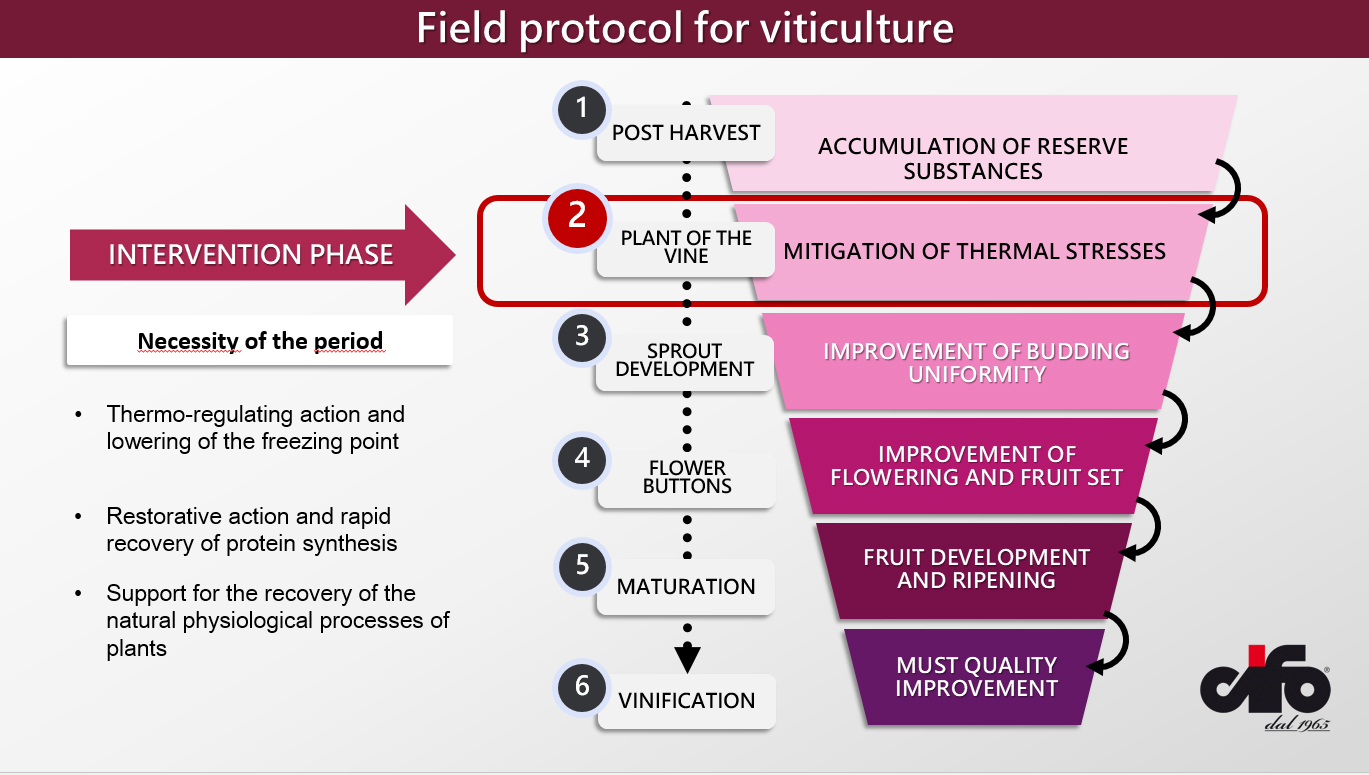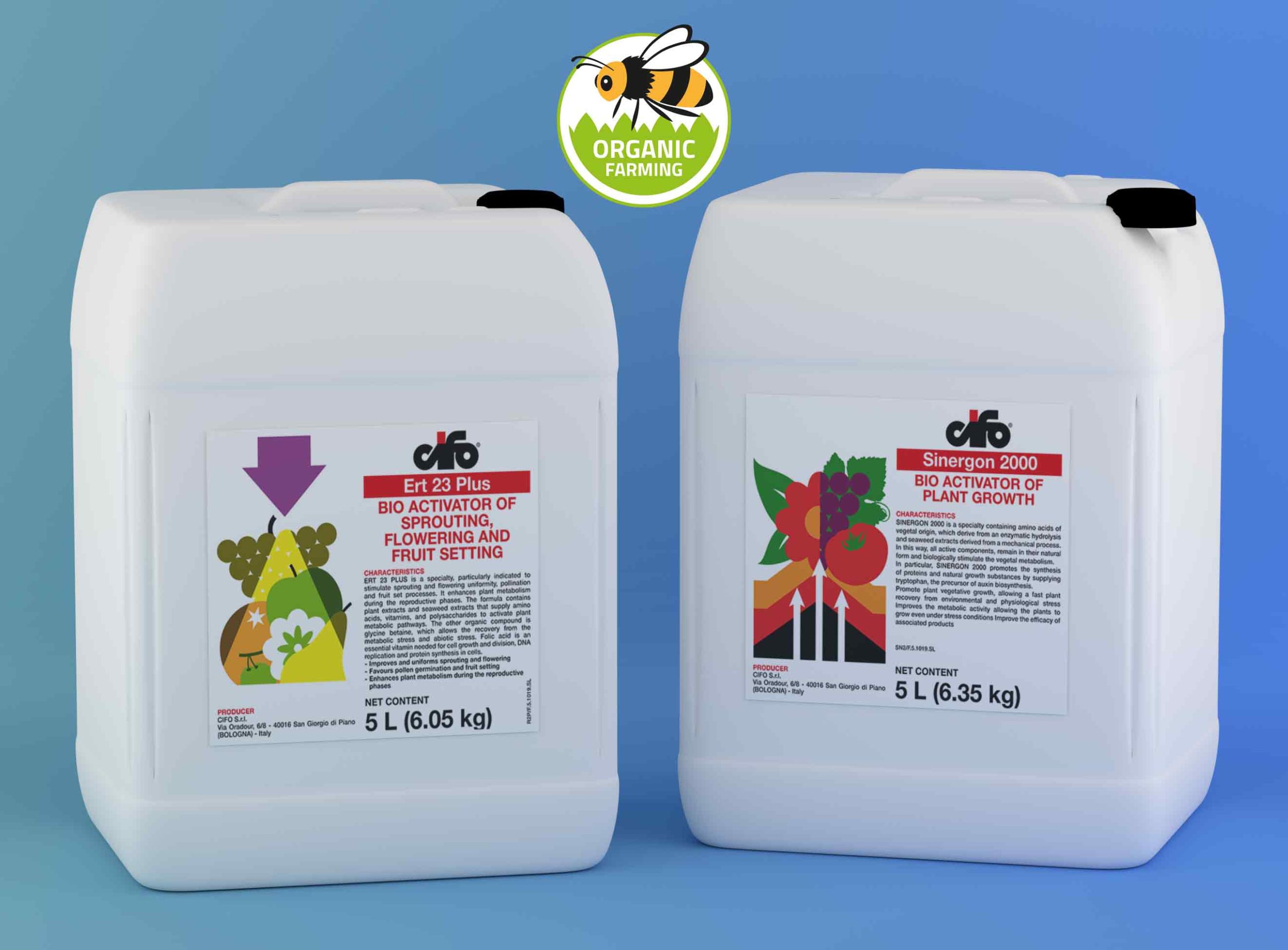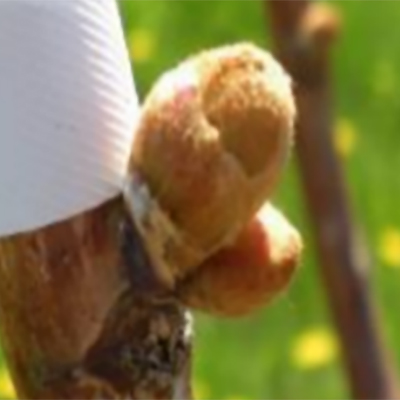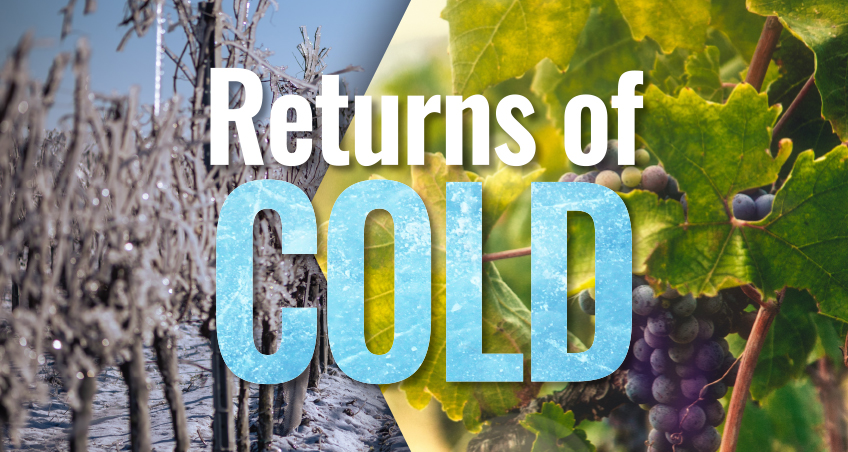Thanks to the climate changes we are witnessing, the return of cold weather now represents a considerable risk in viticulture.
Rising winter temperatures in average scale, determines an early opening of the buds in spring.
All this would not be harmful if the temperatures remained constant but, as we are often witnessing, the sudden changes in temperature that occur in these periods are increasingly frequent.
Moreover, with a drop in temperatures of a few degrees the future vegetative development of the plant can easily be compromised, as the young newly formed tissues are unable to withstand exposure to temperatures that are too low for plant physiology.
What are the dangers deriving from cold returns?
Various phenological models demonstrate that this is by now a trend destined to become a constant.
Frequently, these phenomena can involve vast surfaces or even entire territories, with consequences that have repercussions both on an economic level and on the growth and yield of the plant in the future seasons.
The frequency and severity of these sudden changes in temperature represent two parameters of fundamental importance for understanding the need to adopt sustainable and effective prevention measures and, if the climate were to follow the trend of recent years, in the next few weeks the thermometers could drop again below 5 °C and very likely, it will be necessary to intervene to avoid serious damage in the field.
What does this mean?
The thermal decrease leads to freezing of the water present in the vacuoles of the cells of the buds.
This causes an increase in volume which, by breaking the membranes and cell walls, leads in many cases to cell necrosis. As mentioned, since buds contain future flower and leaf tissue, frost can have a major impact on wineries’ annual financial returns.
Prevention is better than cure
The degree of damage depends on the minimum temperature reached and on the duration of exposure to a critical temperature; the rate of temperature drop can affect the effectiveness of a protective action.
The critical temperatures for the vine differ according to the stage of growth: during the winter the dormant buds can resist, thanks to the “hardening” in the endodormancy phase, temperatures below -10°C (up to -20°C), but starting from the next few weeks, buds will be exposed to frost when they are opening and young shoots can be damaged at temperatures only slightly below 0°C.
In correspondence with these circumstances there is a “settling” of the tissues, proportional to the amount of water present in them and to the degree of lignification of the cells completed during the previous autumn.
For this reason it is essential to guarantee a correct nutritional intake also during the post-harvest phase, in order to avoid the risk that late frosts could compromise the survival of the flower buds of the following season.
In this regard, please refer to the article: the benefits of autumn fertilization
Guaranteed cold tolerance and yield with Cifo
As can be seen from the image below, the Cifo field protocol for vines takes into consideration the most important phenological phases in which it is necessary to guarantee a correct nutritional intake.
 |
| Field protocol for viticulture |
In the circumstances described above (Phase 2), the support of biostimulant products is therefore essential, both to withstand climatic stress and to maintain the physiological balance of the plants.
The Cifo proposal: ERT 23 PLUS and SINERGON 2000
ERT 23 PLUS, is a natural bio promoter of plant metabolism which stimulates bud metabolism, thus encouraging more uniform sprouting and flowering.
Thanks to its special composition, ERT 23 PLUS acts as an osmotic protector, defending cells from damage caused by the cold and promotes plant metabolism, stimulating its growth even in adverse environmental conditions.
ERT 23 PLUS used in the bud breaking/wool bud stage, it stimulates and uniforms sprouting with the following advantages:
more balanced development of the plant; better architecture and photosynthetic capacity; reduction of apical dominance; greater flowering synchrony.
 |
| ERT 23 PLUS and SINERGON 2000 |
SINERGON 2000, a biopromoter of vegetative growth based on plant amino acids and brown seaweed.
SINERGON 2000 and ERT 23 PLUS used in synergy by foliar application from 4-6 cm bunch lenghts, intensify the physiological processes underlying the development of the bunches, which reach larger dimensions and obtain a better structure.
 |
 |
The contribution of nutritional, energy and anti-stress substances optimizes the development of the plant in the pre-flowering phases and helps to overcome abiotic stresses.

